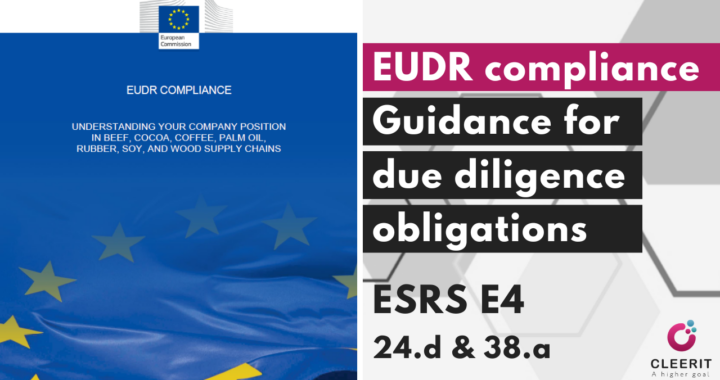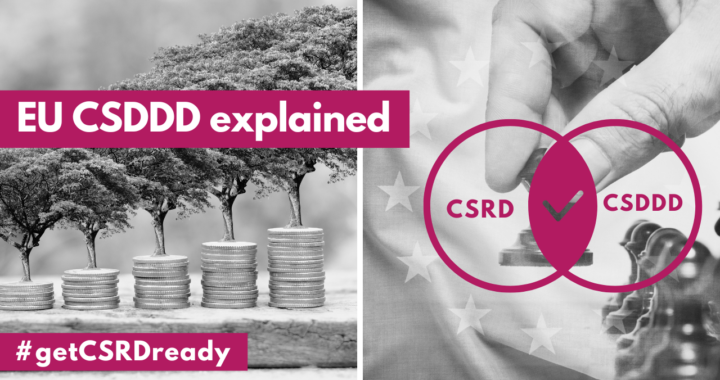Yesterday, on June 18, the EU Council and Parliament reached a provisional agreement on a regulation which simplifies the EU’s carbon border adjustment mechanism (CBAM).
The new threshold exempts the vast majority (90%) of importers − mainly small and medium-sized enterprises and individuals − who import only small quantities of CBAM goods.
The climate ambition behind the mechanism remains unchanged, as 99% of total CO2 emissions from imports of iron, steel, aluminium, cement and fertilisers will still be covered by the CBAM.
⭕ Key elements of the agreement:
New de minimis mass threshold of 50 tonnes (will replace the current threshold exempting goods of negligible value).
Procedures related to imports covered by CBAM will also be simplified for all importers of CBAM goods above the threshold, in particular:
➡️ the authorisation procedure,
➡️ the data collection processes,
➡️ the calculation of embedded emissions,
➡️ the emission verification rules,
➡️ the calculation of the CBAM declarants’ financial liability during the year of imports, and
➡️ the claim by CBAM declarants for carbon prices paid in third countries where goods are produced.
An agreement was also reached between the co-legislators on penalties and on the rules regarding indirect customs representatives to strengthen anti-abuse provisions.
⭕ Next steps
The provisional agreement must be now endorsed by the Council and the European Parliament before formal adoption, expected by September 2025.
It will enter into force three days after publication in the EU Official Journal.
🌿 Background
The EU’s carbon border adjustment mechanism is the EU’s tool to equalise the price of carbon paid for EU products operating under the EU emissions trading system (ETS) with that of imported goods, and to encourage greater climate ambition in non-EU countries.
In early 2026, the Commission will assess whether to extend the scope of the CBAM to other ETS sectors and how to help exporters of CBAM products at risk of carbon leakage.
Sources:






